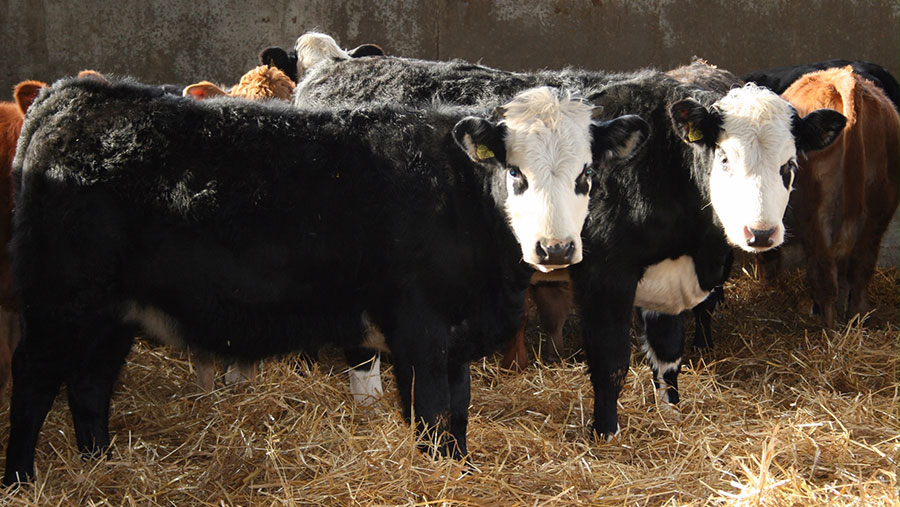Blanket cattle worming must stop, warn animal health experts
 © Control of Worms Sustainably
© Control of Worms Sustainably Farms blanket-treating adult cattle for roundworms have been urged to adopt a “test, then treat” approach so they no longer select for resistance.
This advice, from Control of Worms Sustainably (Cows), came amid reports that some farmers have dosed all their cattle with a roundworm drench this autumn to kill the larvae, despite not knowing whether roundworms are present in the animals.
Ostertagia larvae can hibernate in the stomach wall and emerge in large numbers in the spring, causing severe disease and death.
See also: Tips to protect cattle health from first housing to finishing
Resistance threat
Carmarthenshire-based independent animal health consultant Sally Harmer has seen examples of farmers routinely blanket-treating adult cattle at autumn housing. This is a waste of time and money and leads to resistant parasites, she warned.
She reminded farmers that adult cattle are typically immune to roundworms and testing is the key to sustainable parasite control.
“Continuing to do this [blanket treatment], without knowing whether round worms are present, will select for resistant worms,” she said.
“Some individual cattle that are young or in poor condition may warrant treating, but this will not usually apply to the whole herd.”
What is Ostertagiosis?
- A disease caused by maturation of the Ostergia ostergi larvae
- Unlike lungworm and liver fluke, it does not usually cause clinical disease in adult cattle
- The condition is described in two types:
Type one: Often seen during late summer/early autumn. Sudden death is rare, but severe diarrhoea, weight loss and loss of appetite can result in economic losses. Most severe after a dry summer when a wet spell leads to a mass emergence of larvae on pasture.
Type two: Profuse unresponsive diarrhoea as larvae emerge from the stomach wall later in the winter months. Treatment response is poor.
Source: NADIS
Professor Diana Williams, University of Liverpool, and Ms Harmer advised the following:
- If faecal egg counts have shown little or no roundworms through the summer, then type two risk is low.
- Consult with your vet through the winter and if your vet recommends it, then a macrocyclic lactone might be prescribed to kill hibernating larvae as well as any lungworms picked up at the end of the grazing season.
- Adult cattle should not need treatment, providing they have been exposed to a level of infection as calves.
- Ask your vet about blood tests that reveal the level of parasitic damage to the abomasal lining, and milk tests for dairy herds.
- Liver fluke can be monitored by taking a blood sample two weeks after housing, particularly on first season grazing calves.
- A copra-antigen test on a pooled faecal egg count from the dung of 10 animals two months after housing can show if liver fluke is present.
- A faecal egg count reduction test can be used to determine whether the typically prescribed active for autumn – triclabendazole – will work, as this is product of choice later in the year. The test will ascertain if your farm is one of the growing number of farms to have triclabendazole resistance.
